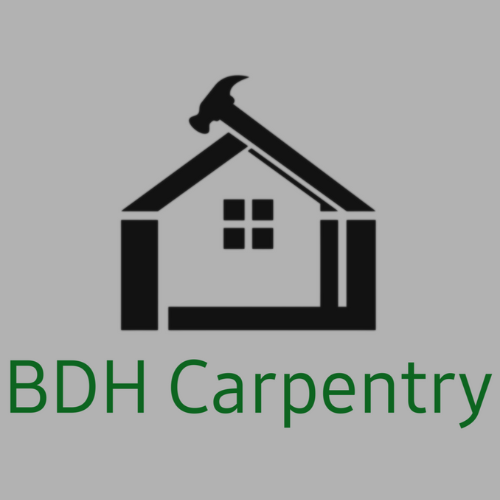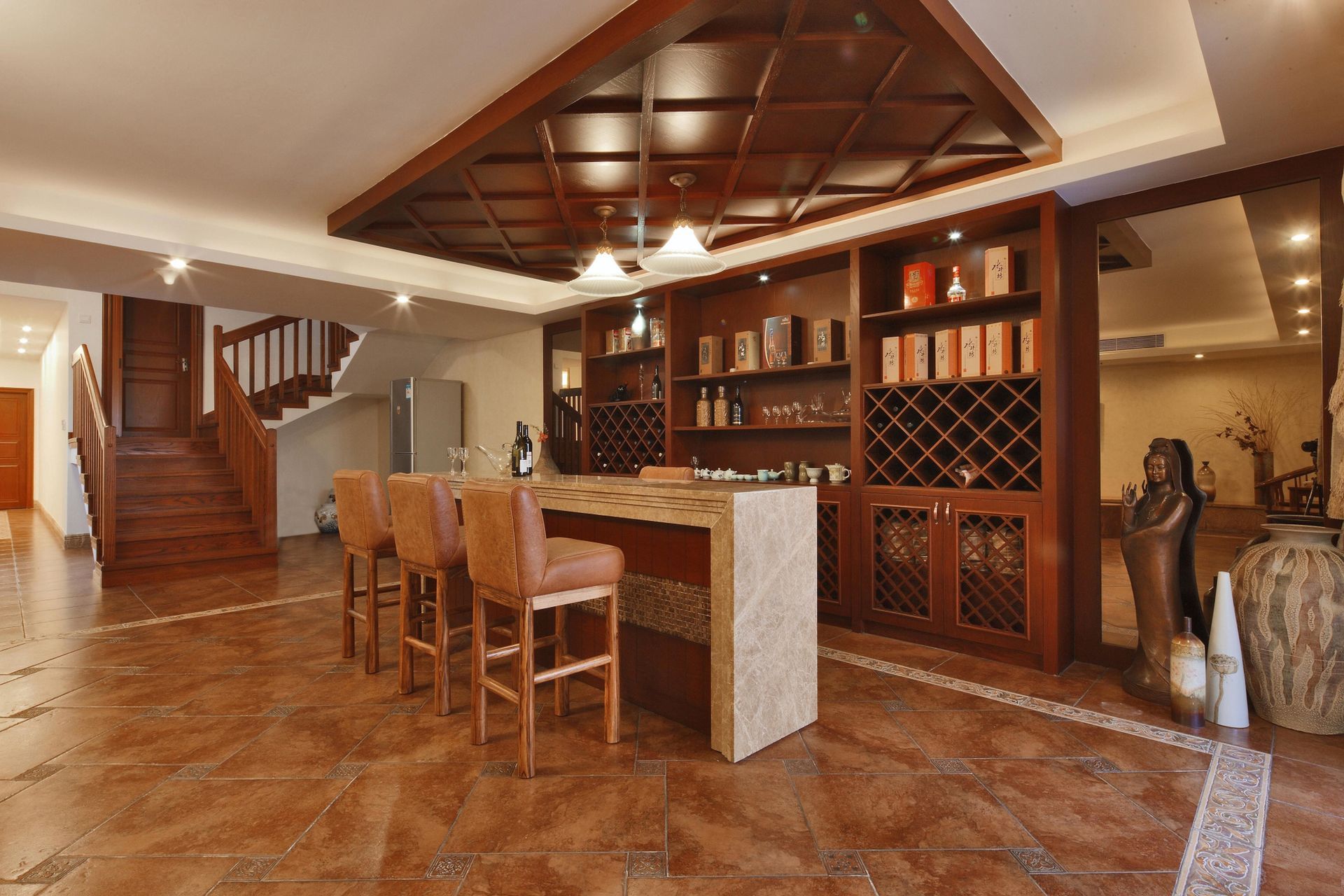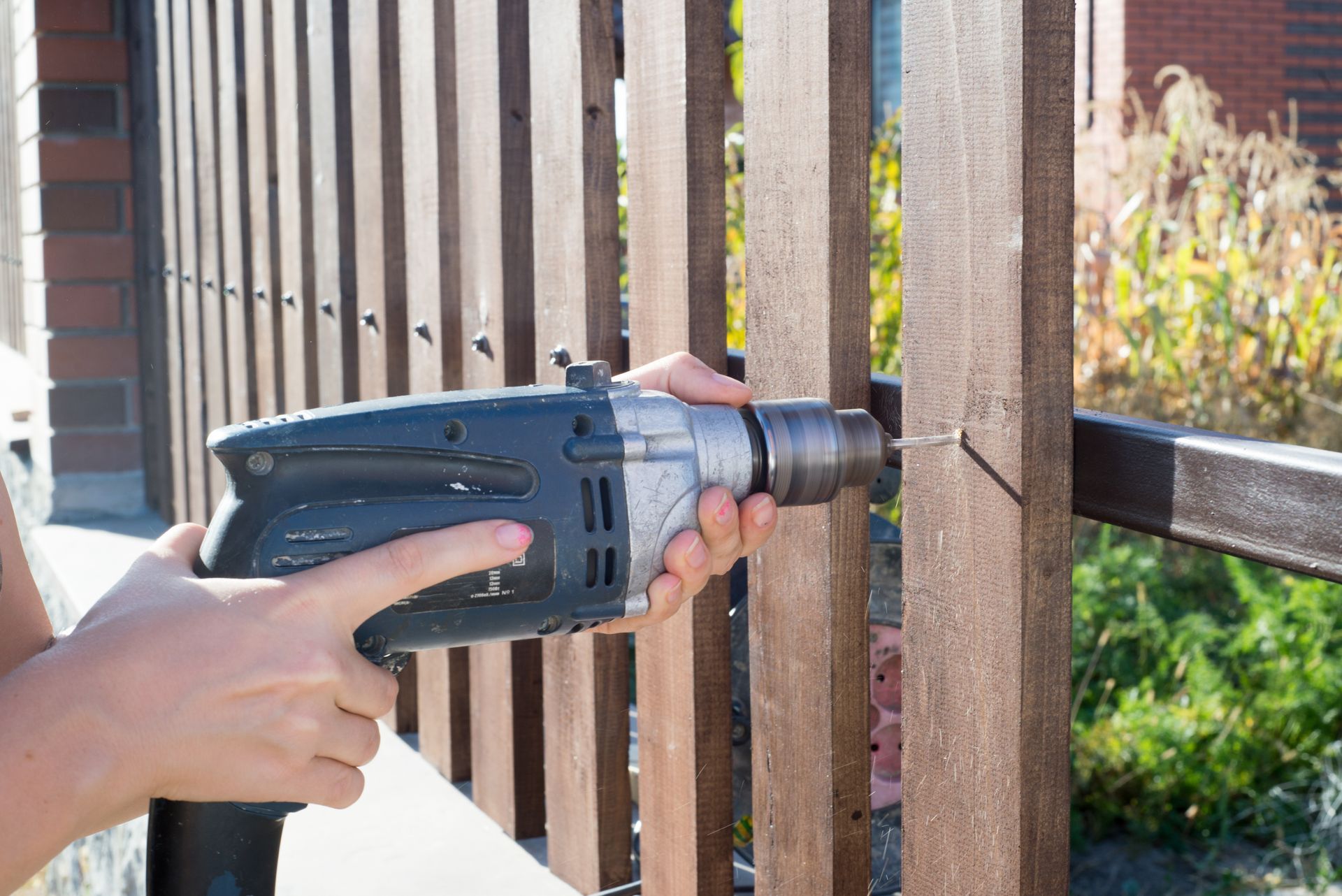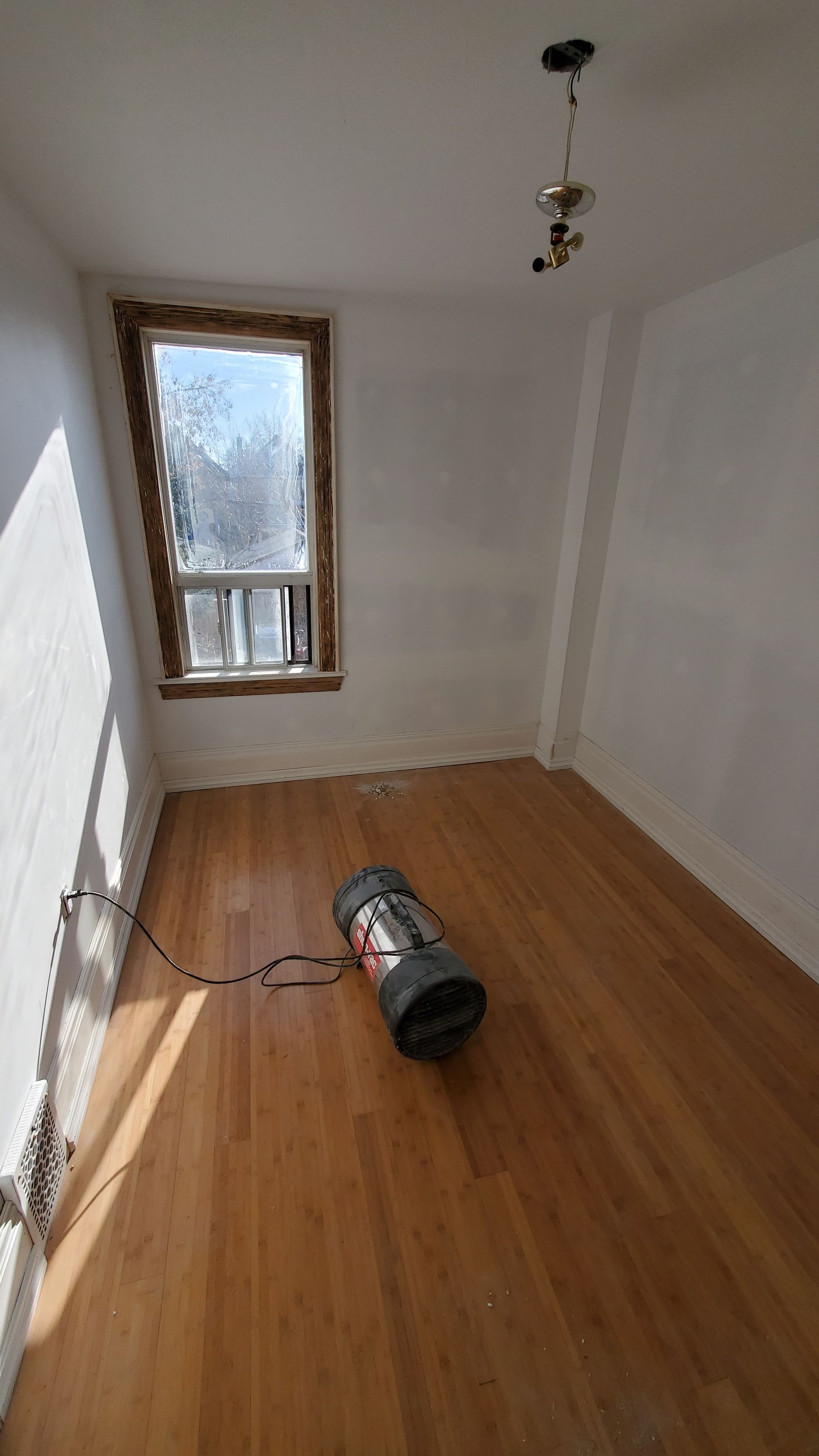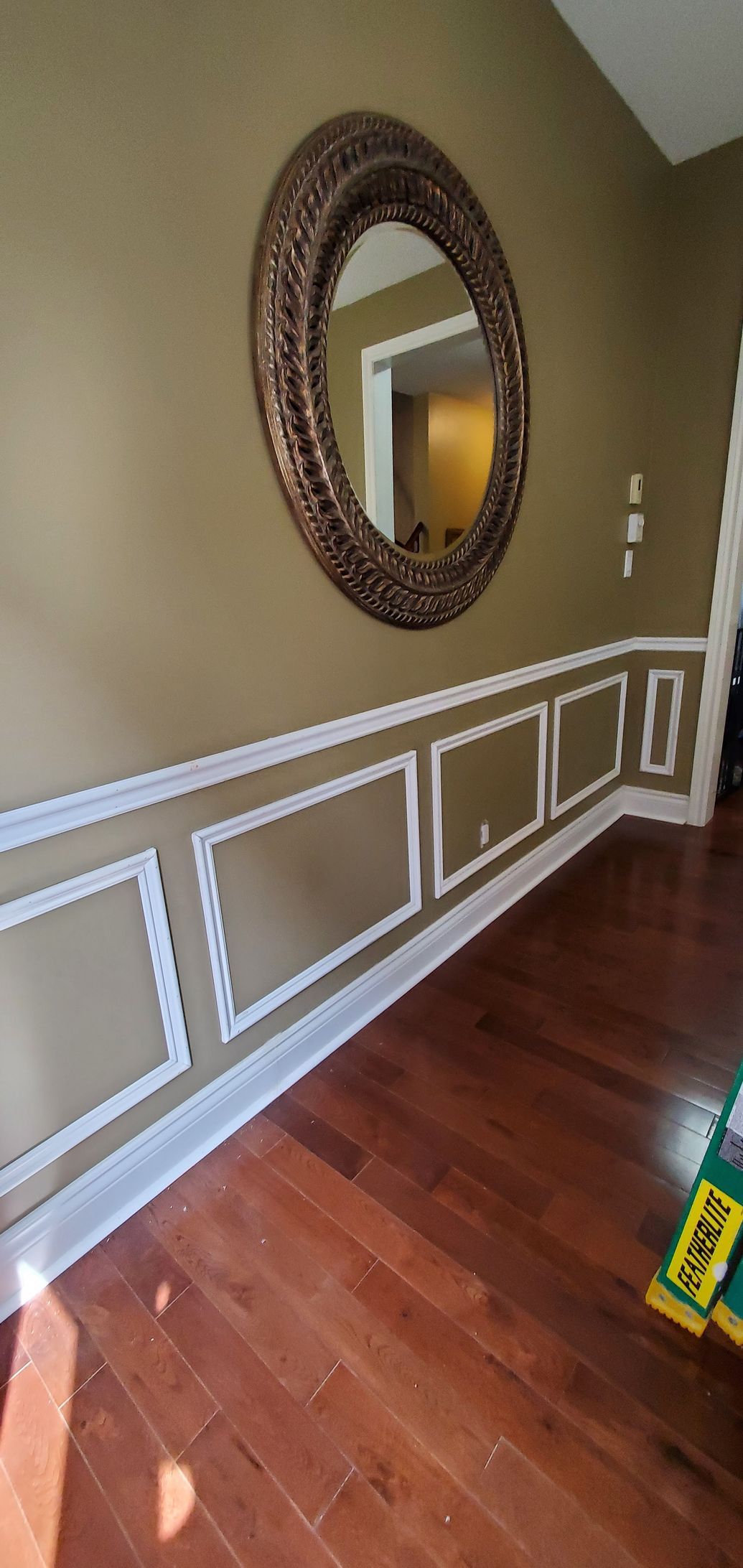Understand the Drywall Installation Process
Drywall installation is a fundamental aspect of building and renovating homes and commercial properties. Its importance cannot be overstated, as it creates smooth, seamless surfaces that define the aesthetic and structural integrity of interior spaces. Understanding the intricacies of drywall installation can empower homeowners and builders to make informed decisions, ensuring high-quality results.
What is Drywall?
Drywall, also known as plasterboard or gypsum board, is a panel made of calcium sulfate dihydrate (gypsum), typically pressed between a facer and a backer made from heavy paper. It is used to create walls and ceilings, providing a foundation for paint, wallpaper, or textured finishes.
Choosing the Right Drywall
Selecting the appropriate type of drywall is crucial. Options include standard drywall for general use, moisture-resistant drywall for areas prone to dampness like bathrooms, fire-resistant drywall for enhanced safety, and soundproof drywall to reduce noise transmission between rooms. Each serves a specific purpose and is chosen based on the environment and requirements of the space.
The Tools and Materials You Need
Successful drywall installation involves specific tools and materials to ensure precision and durability. Essential tools include a utility knife, T-square, drywall saw, drill, drywall screws, tape measure, and a drywall lift. Materials encompass drywall panels, joint tape, joint compound, screws, and corner beads. Having the right tools and materials on hand streamlines the installation process.
Measuring and Cutting Drywall Panels
Accurate measurements are vital to avoid wastage and ensure a perfect fit. Mark the measurements on the drywall panel using a T-square for straight lines. Cut the panels with a utility knife, scoring the front and snapping it back, then cut the backside to fully separate the pieces. Precision in this stage is crucial as it impacts the overall quality of the installation.
The Importance of Proper Fastening
Securing drywall panels to the studs requires attention to detail. Use drywall screws, not nails, as they provide better holding power and reduce the risk of "popping." Screws should be driven slightly below the surface of the drywall without breaking the paper surface, ensuring they hold firmly. Proper fastening prevents future issues like loose panels and cracks.
Taping and Applying Joint Compound
Once the panels are securely fastened, taping and applying joint compound, also known as mudding, begin. Apply joint tape over the seams between drywall panels, then cover the tape with a layer of joint compound. Allow it to dry, then apply two or more additional coats, feathering the edges to blend smoothly with the drywall surface. Sand between coats for a smooth finish.
Sanding for a Smooth Finish
Sanding is an essential step in achieving a flawless finish. Use a sanding block or pole sander with fine-grit sandpaper to smooth out the dried joint compound. Proper ventilation and protective gear are necessary to avoid inhaling dust. Sanding removes imperfections and prepares the surface for painting or texturing.
Painting or Texturing Drywall
The final step in drywall installation is applying paint or texture. Before painting, ensure the surface is clean and free from dust. Primer is recommended to create an even base for paint and to mask any color differences from joint compound. Texturing options include knockdown, orange peel, or skip trowel, which add visual interest and can hide minor imperfections.
Why Hire Professionals for Drywall Installation?
While DIY drywall installation may seem appealing, hiring professionals ensures superior results. Experts have the skills, experience, and tools required for precise measurements, seamless joints, and a perfect finish. They are also familiar with building codes and safety regulations, reducing the risk of costly mistakes.
Keeping Your Drywall in Good Condition
Maintaining drywall involves regular inspections for signs of damage such as cracks, water stains, or dents. Addressing issues promptly prevents more significant problems. For moisture-prone areas, consider moisture-resistant drywall to prolong the lifespan of your walls.
Bringing Your Vision to Life
Drywall installation is more than just a construction task; it's a step towards enhancing the beauty and functionality of your space. Whether you're building a new home or renovating an existing one, understanding this process empowers you to make informed choices.
Let's Take Your Project to the Next Level
Ready to transform your property with professional drywall installation? At BDH Carpentry, we bring expertise, quality materials, and attention to detail to every project. Our team is dedicated to delivering exceptional results tailored to your needs. Contact us today to discuss your next drywall installation or renovation project. Your vision deserves excellence—let's bring it to life together.
